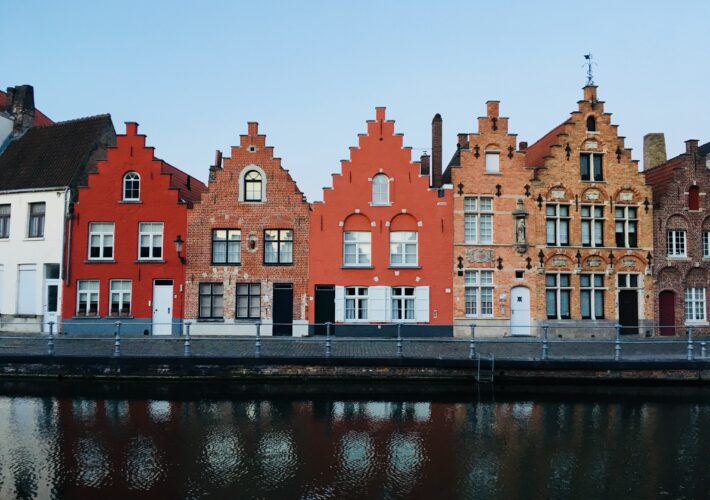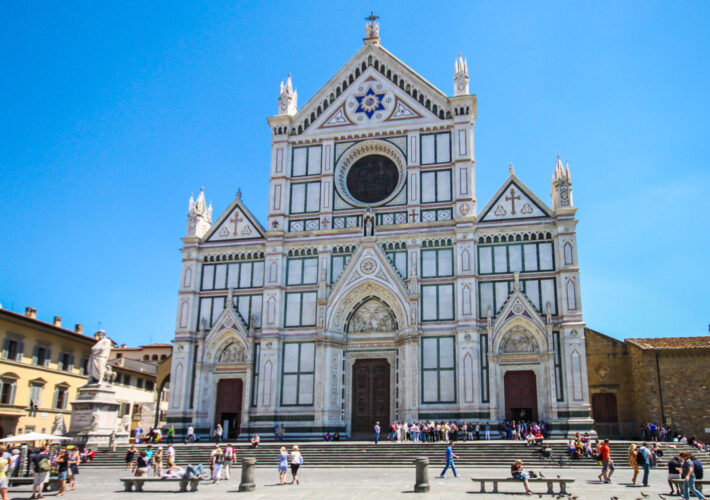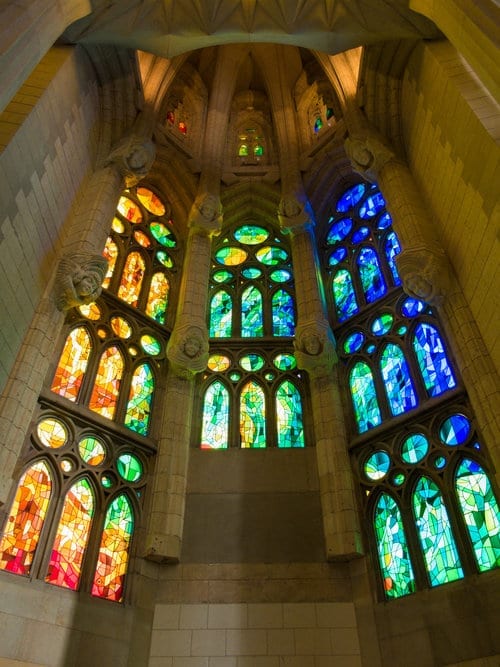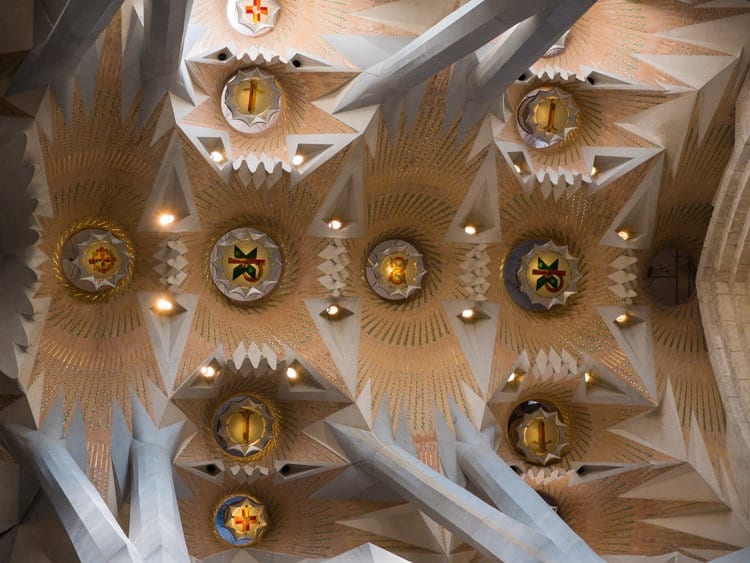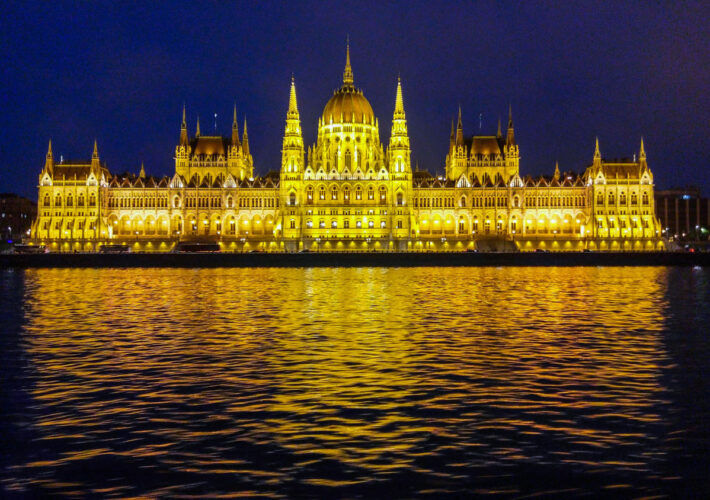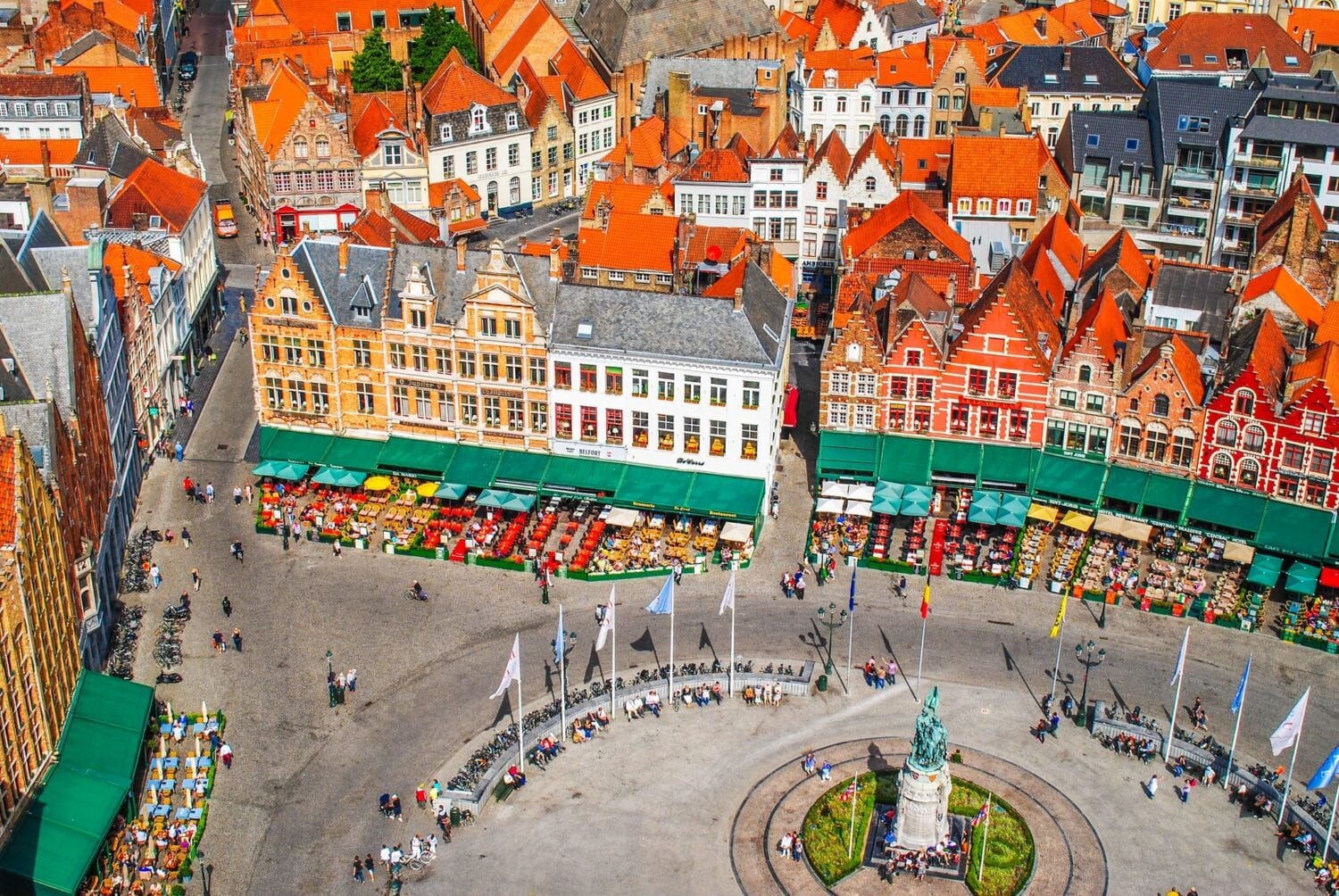Known as the “Venice of the North”, Bruges is a medieval paradise replete with sweeping canals, quaint cobblestones alleyways, unrivalled Gothic architecture and an utterly enchanting atmosphere.
The Basilica Santa Croce is one of the most important architectural and historical masterpieces of Florentine art you’ll find in the magnificent Renaissance city of Florence. Its iconic structure overpowers the square and seems to beckon visitors to come inside. Whereas some people are disappointed in visiting the interiors of the Duomo, this church is thoroughly fantastical, inside and out! I’ve attached at the bottom of this post a handy google map of all the different spots on this tour for easy-to-follow directions!
This is my highlights tour to see the most important aspects of the La Sagrada Familia. It’s perfect for those who just want a short introduction to the church or who are on a time crunch!
La Sagrada Familia is THE MOST important sight to see when visiting Barcelona. Its history, design and the feeling you get upon stepping inside in unparalleled. The church feels like a summation of what Barcelona is all about and understanding it before visiting or while you tour it is so essential to better enjoying this fantastic monument.
Anyone who hears the word “Budapest” will most likely immediately think of their iconic Parliament Building. The Hungarian Parliament Building is one of the most recognisable images of Hungary and a symbol of the country’s talented artists who helped achieve this vision of architectural magnificence. Standing on the banks of the Danube, it flanks the city and greets visitors floating down the river with its bright white columns and staggering silhouette.
Known as the Venice of the North, Bruges is a medieval paradise replete with sweeping canals, quaint cobblestones alleyways, unique Gothic architecture and an utterly enchanting atmosphere. Bruges is truly one of my favourite cities to visit. It feels like you could walk endless along the streets and continuously find new discoveries. It’s a fairy-tale like village and I think far too many people just breeze through it on a day-trip from Brussels. I think to truly experience the city at it’s best you need to spend the night and dedicate a good 48 hours to explore every nook and cranny of the city.
The bridge was constructed in 1357 under the watchful eye of King Charles IV. The old bridge which connected the two parts of the city, built in 1158, was more than due for some repairs. It was severely damaged in a flood in 1342 which lead to its demolition and the construction of the new Charles Bridge, named after the King. The reason this bridge was always so important was that it connected the castle past of town to the city’s old town.

